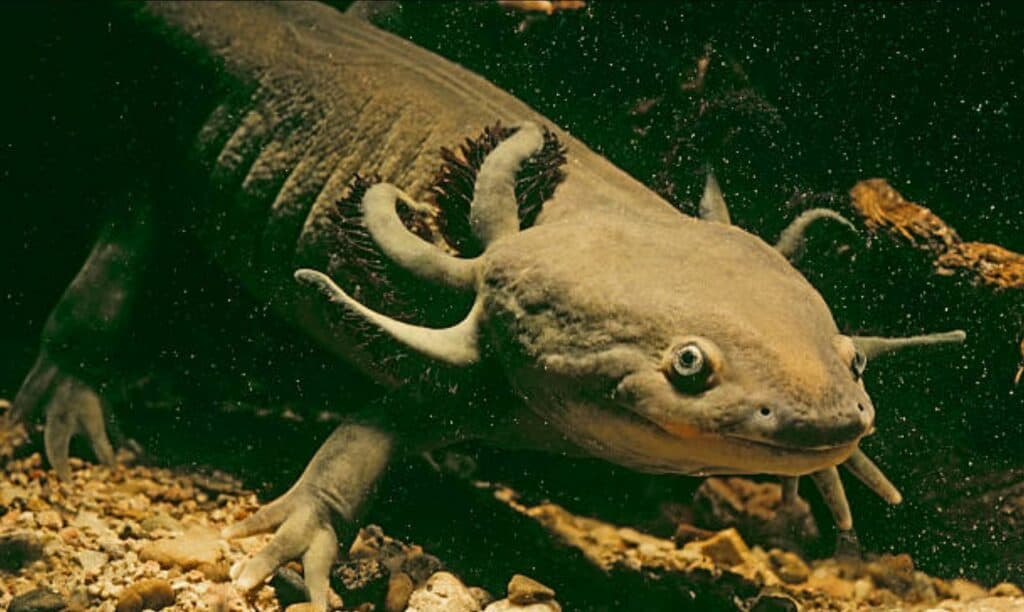
Does the tank have a good filtering system? (axolotl produce a lot of waste, especially during spawning).Is the substrate the right texture (slightly rough aquarium sand is perfect).Is the tank large enough for all the fish? (10 gallons of water required per fish).This will ensure nothing has been missed or forgotten: Here is a list of questions for you to ask yourself after you have set up the tank. Keeping the tank temperature low and consistent while the mate is very important. The axolotl is sensitive to water changes during the breeding season and therefore it is best not to change their water while they mate. Without a flat rock, the sperm will not stay in one place and will impede the success of the breeding process. Males also have some special breeding requests, they require a flat rock for their sperm pockets. So that means completely out of sunlight and in a room that can be temperature controlled. Your axolotl breeding tank should be kept in a room that isn’t affected by natural seasonal temperatures or conditions. Sand is the best substrate for them, it is fine enough to pass easily through their bodies and is the perfect texture for them to hold onto. Take gravel, for example, it has the grip and texture that axolotl desires, but they have a tendency to ingest the gravel and it doesn’t pass through their system properly, causing a massive blockage. Although they are not technically fish, as we mentioned earlier, they are ‘bottom dwellers’ which means that they spend most of their day at the bottom of the tank.Ĭhoosing the wrong substrate for axolotls can cause the substrate to get stuck in their bodies when it is ingested. The substrate is very important to them too. In the wild the axolotl is dark, it is extremely rare to spot a light-colored one in their natural habitat.Nowadays you won’t find them on many menus due to them being classified as an endangered species.

According to historical writing, it tastes much like an eel. The axolotl is edible and was once a delicacy in Xochimilco.The feathers you see sprouting from their heads aren’t feathers at all, those are their gills.If a female is responsive, she will allow the male to guide her to his sperm sacks for collection. Axolotl males nudge the female with their nose when they are courting.Axolotl sucks up their food and the sand acts as ‘teeth’ chewing and grinding down the food for them.



 0 kommentar(er)
0 kommentar(er)
